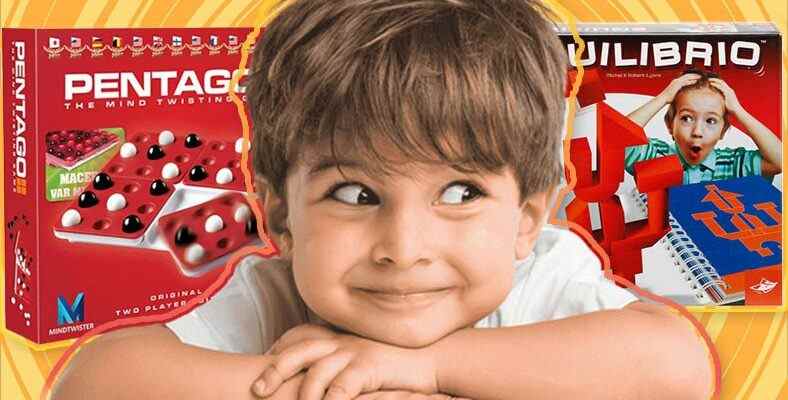One of the easiest ways to teach not only children but also adults is to use games. In this article, we’ve compiled board games that will spark kids’ interest in science.
Almost every child loves to play. These games have been on the streets in the past with soda caps, balls and sometimes without the need for anything else, game consoles, tablets and computers have joined the alternatives today. Of course, there are also board games that can be played with children.
While some of the board games are for entertainment purposes only, some games to entertain as well as something their learning makes it possible to provide While ready schools have just opened, we have created a list of games that can be preferred to stimulate the interest of young minds in science, which develop cognitive, social and psychomotor skills.
The games on our list are as follows:
“Chess”, which is in almost all schools
Perhaps the most popular strategy and intelligence game in our country, chessis a game in which both sides try to overthrow their opponent’s king using 16 pieces of different characteristics on an 8×8 playing field. Playing chess enables children to develop in terms of planning, multiple thinking, analysis, seeing different alternatives, attention, concentration, discipline, and advanced cognitive skills.
“Mangala” from Turkish culture
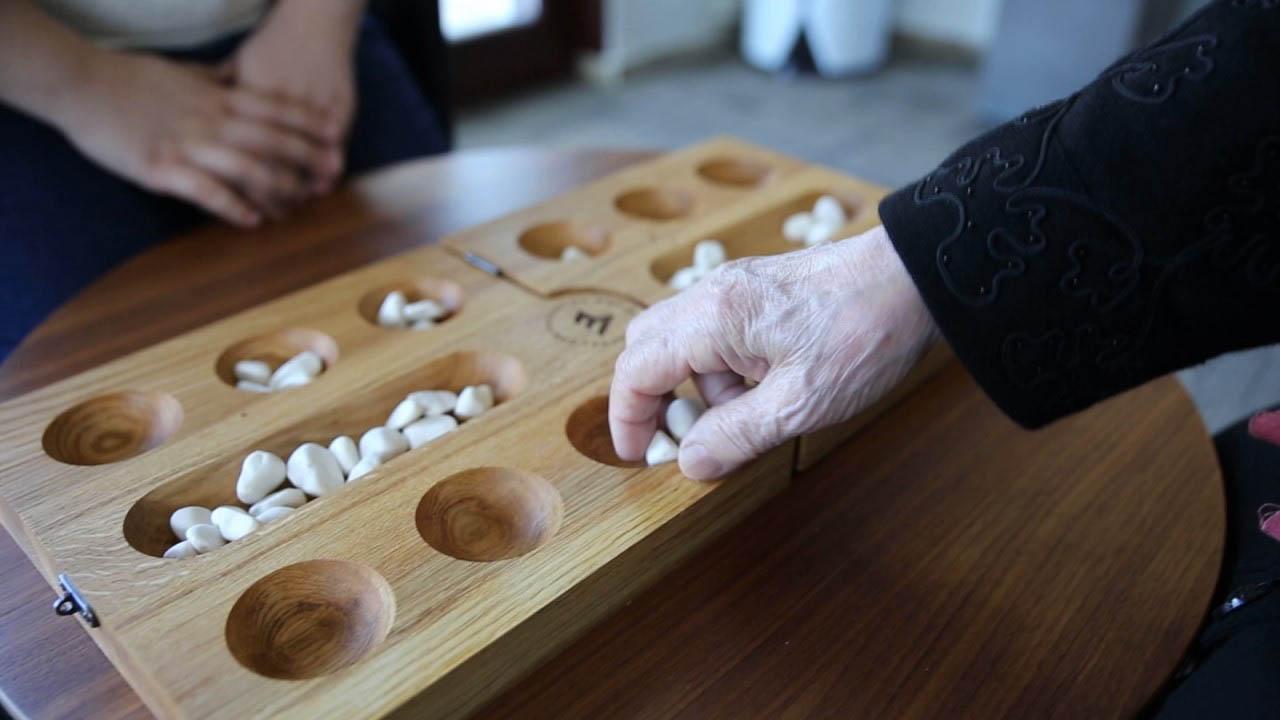
With 12 wells, 2 treasures and 48 stones At the beginning of the game played, there are 4 stones in each well. Each player tries to collect stones in their own treasury. The stones are transferred to the adjacent wells one by one starting from the well where they are taken. The player who can put the last stone in his own well gains the right to play one more round. Stones can go up to the opponent’s well. If he doubles the stones in that well, the player puts them all in his own well. The one who puts a stone in the opponent’s empty place takes all the stones both in that well and in the opposite well. The opponent who finishes his pieces also takes all the remaining pieces. It is a game that develops planning, multiple thinking, concentration and math skills.
Shape-making game “Tangram” from China
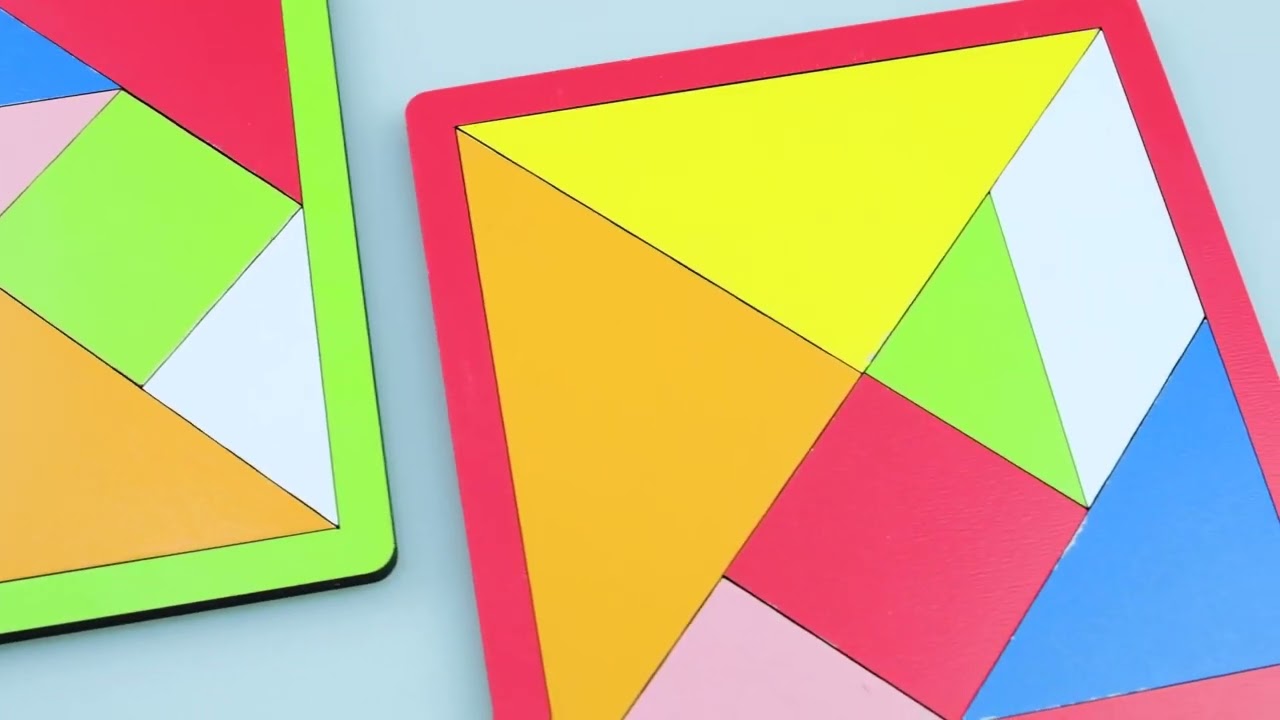
Like many games, it originated in ancient China. in tangram A square is divided into 7 parts. The aim is to produce shapes with these parts. It has effects such as gaining visualization skills, classifying shapes, improving ground direction skills, and increasing math skills.
“Tangramino”, which is similar to the advanced version of Tangram
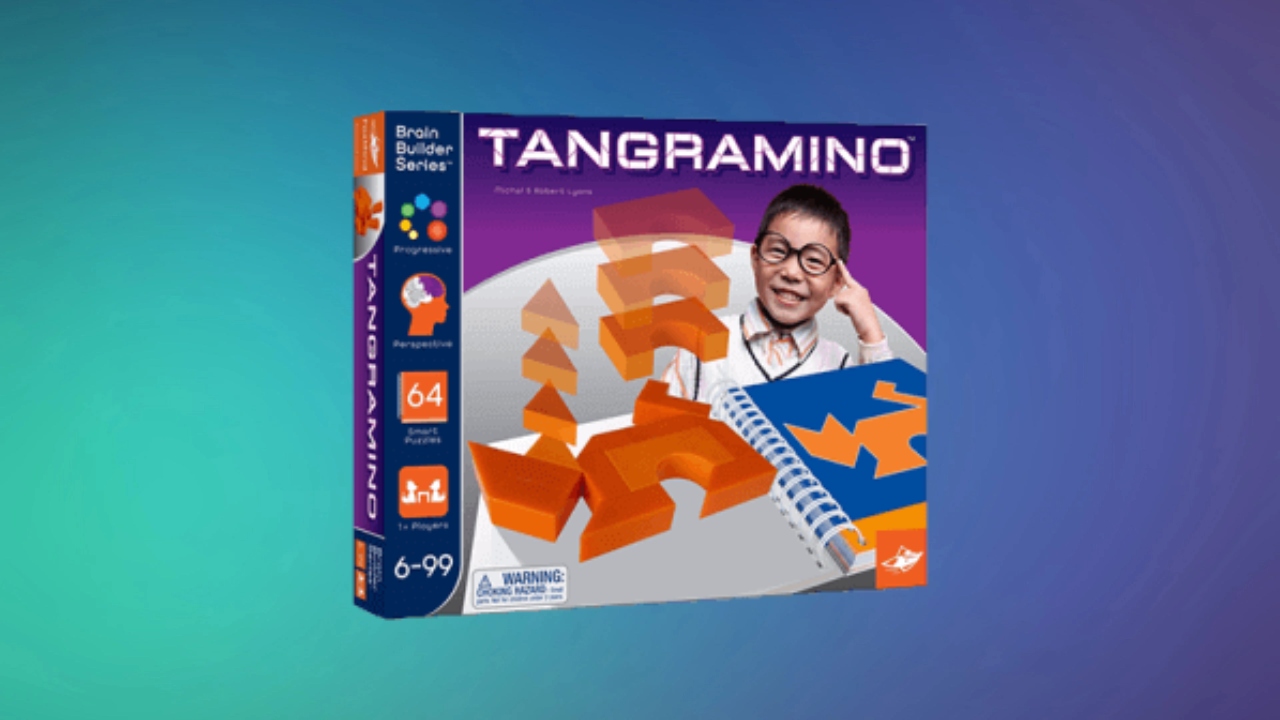
In this game, which we can call the advanced version of Tangram, the aim is to combine various geometric building blocks. 2D structures is to create. These structures have different levels of complexity. It is a board game that develops geometry knowledge, analogy and visual skills.
“Rubiks Race” where skills are raced against time
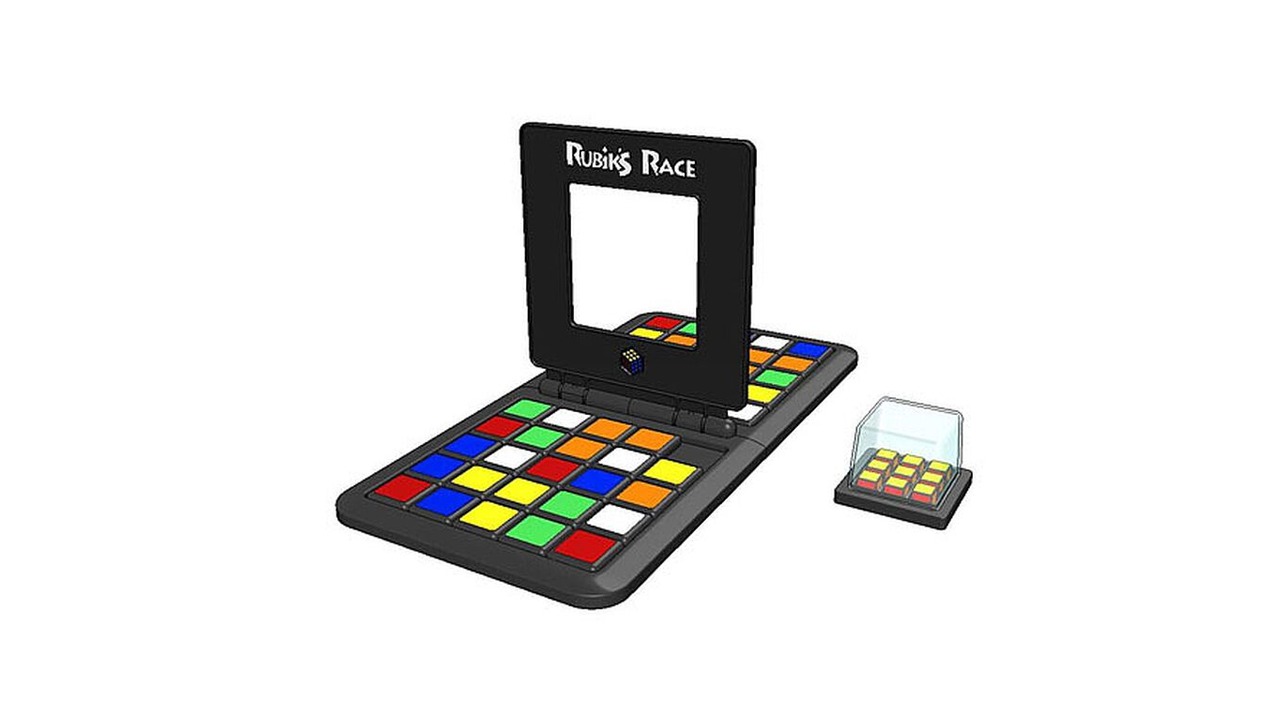
In this game, which we play after mixing it so that the mixer is invisible, two players try to line up the squares in front of each other in order in the mixer. The one who finishes first wins. Requires quick thinking hand eye coordination It is a game that develops and planning skills.
“Abalone” that can be learned in three minutes and not mastered in three years
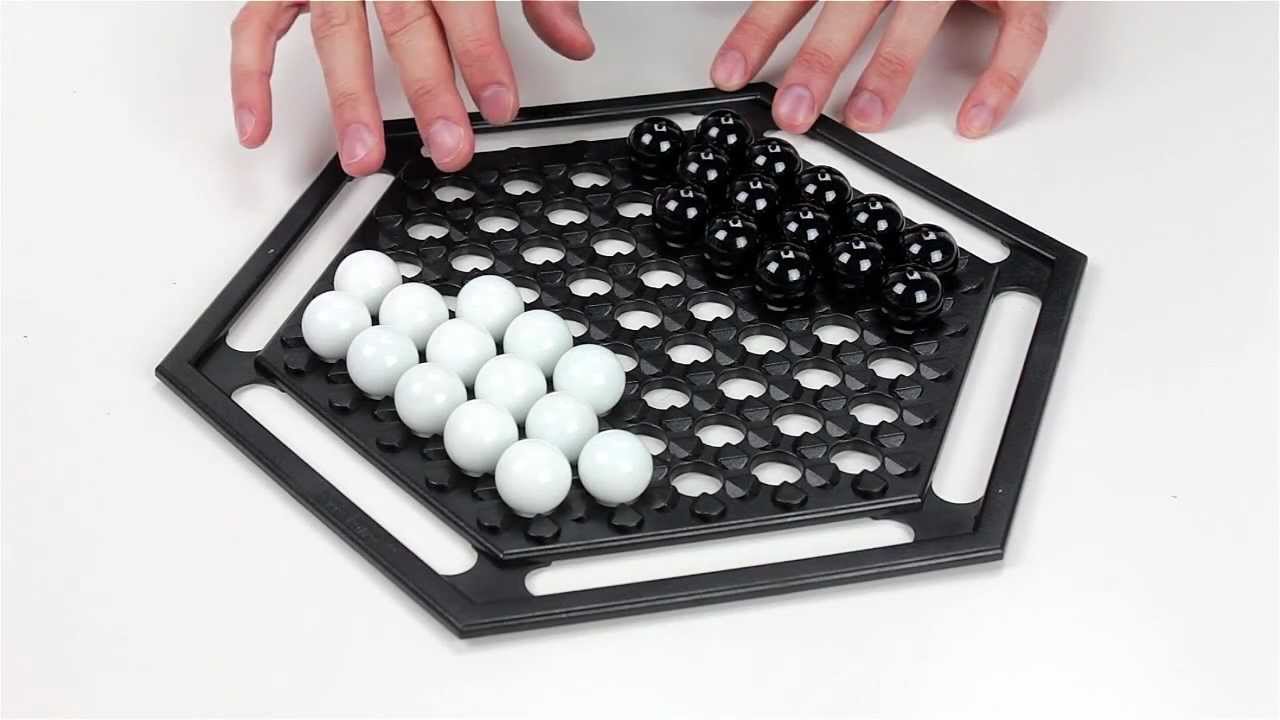
The purpose of the game, your opponent’s 6 balls to be able to get it off the playing field. In the game, we have to move forward by pushing the balls with our finger. The game, which can be learned in a short time, develops planning, analytical thinking and multiple thinking skills.
For those who say “Give me seven pieces and I’ll make the world out of wood”: Blik Blok
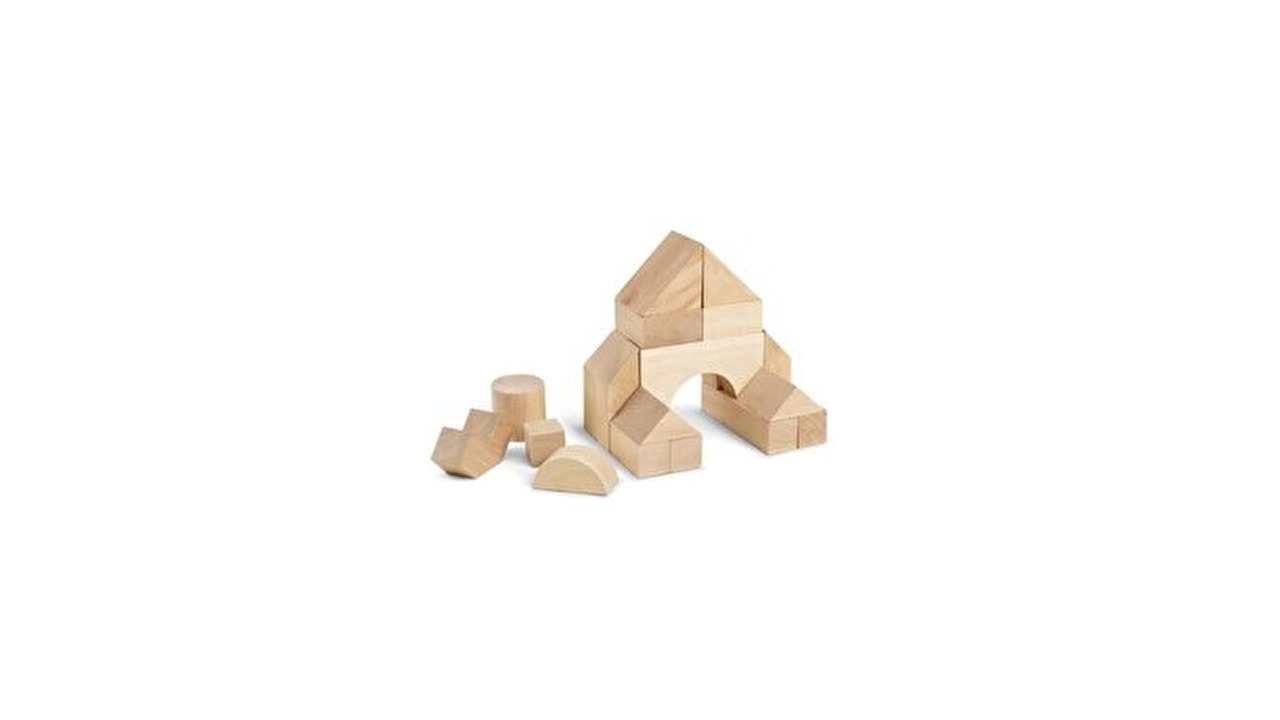
To make the figure from the task card 7 blocks There are different methods to create shapes in this game that needs to be used. There are also solutions on the back of each task card. The aim is to strengthen the imagination and planning abilities of children and to increase their visual skills. Of course, it is also possible to make shapes from blocks that are not on the cards.
“Triangle” teaching geometric expansionism
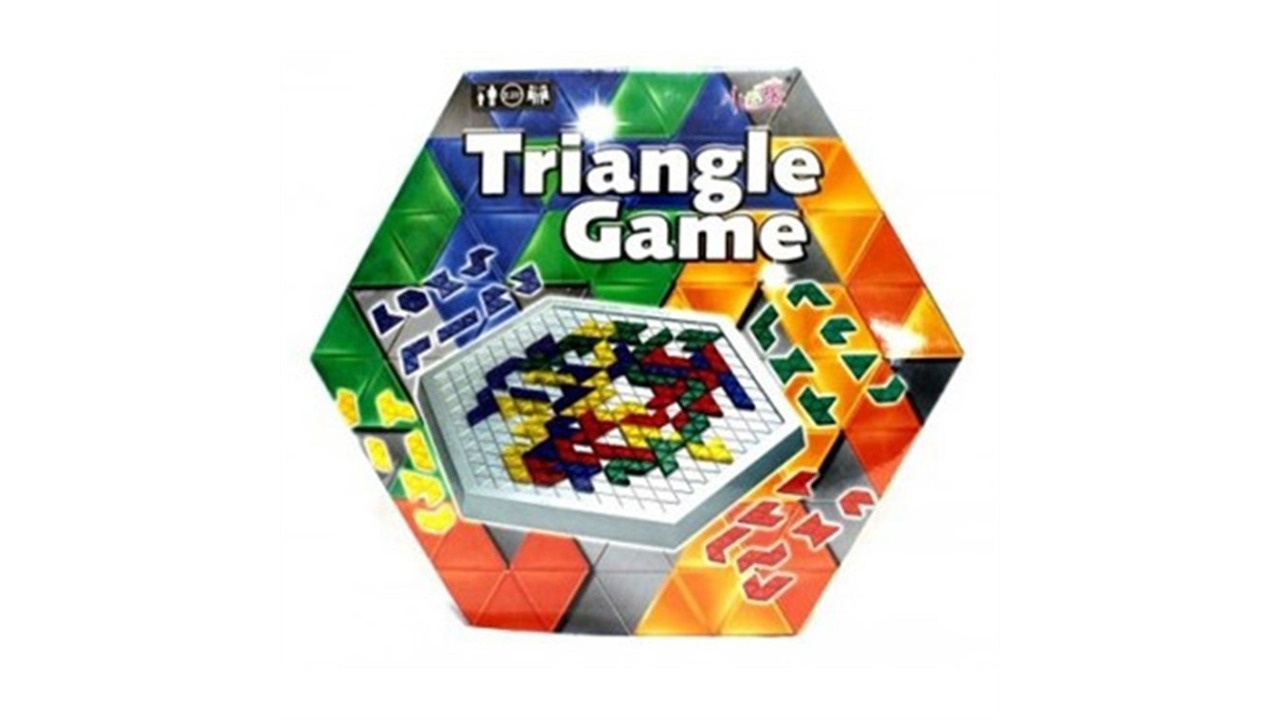
In the game, which can be played with 2 to 4 players, each player plays his own pieces. end to end tries to place it on the playing field. The goal is to both place as many pieces as possible and limit the opponents’ range of motion. At the end of the game, the one with the least number of pieces wins. If the number of pieces is even, the one with the smaller number of triangular pieces wins.
“Pentago” where we stop and turn the game board
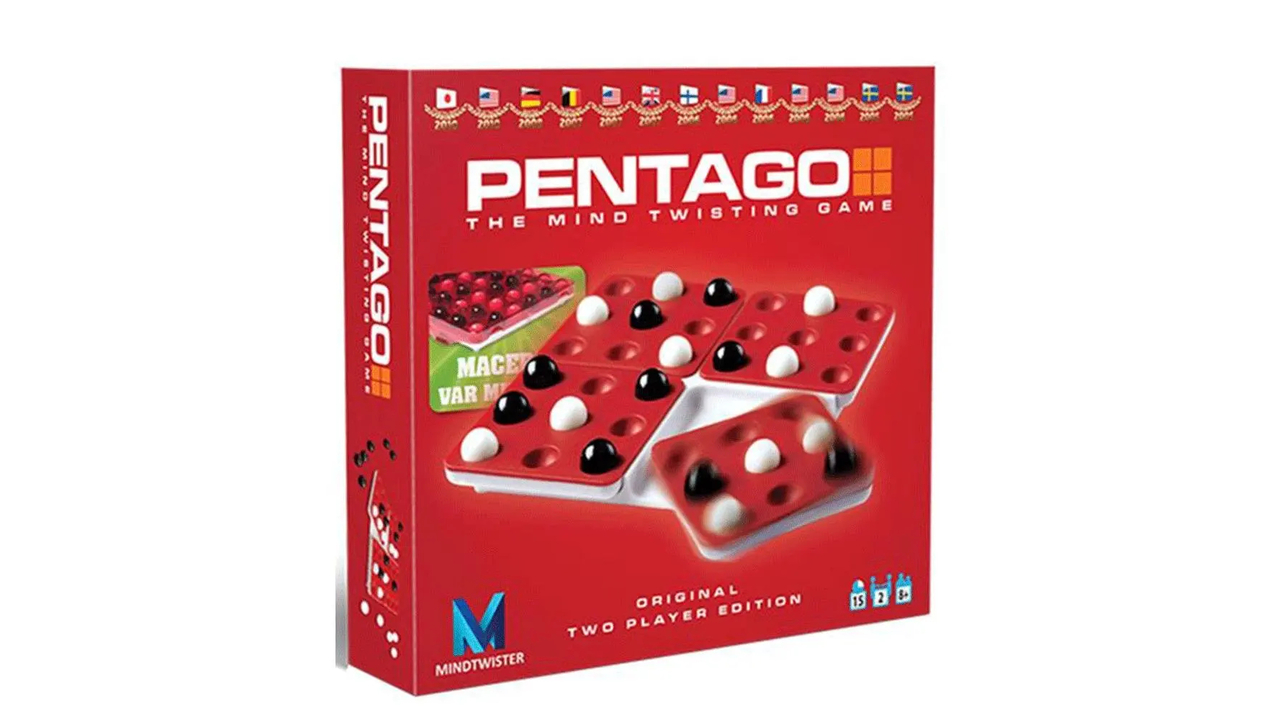
Especially Children 8 years and older Recommended for students, this game is perfect for improving attention, concentration, analytical thinking, geometric perception, and visual intelligence skills. The aim of the game played by two people is to form rows of 5. Turning the game board over after players have made a move adds an additional challenge to the game.
For those who love to compete until the last moment: Reversi
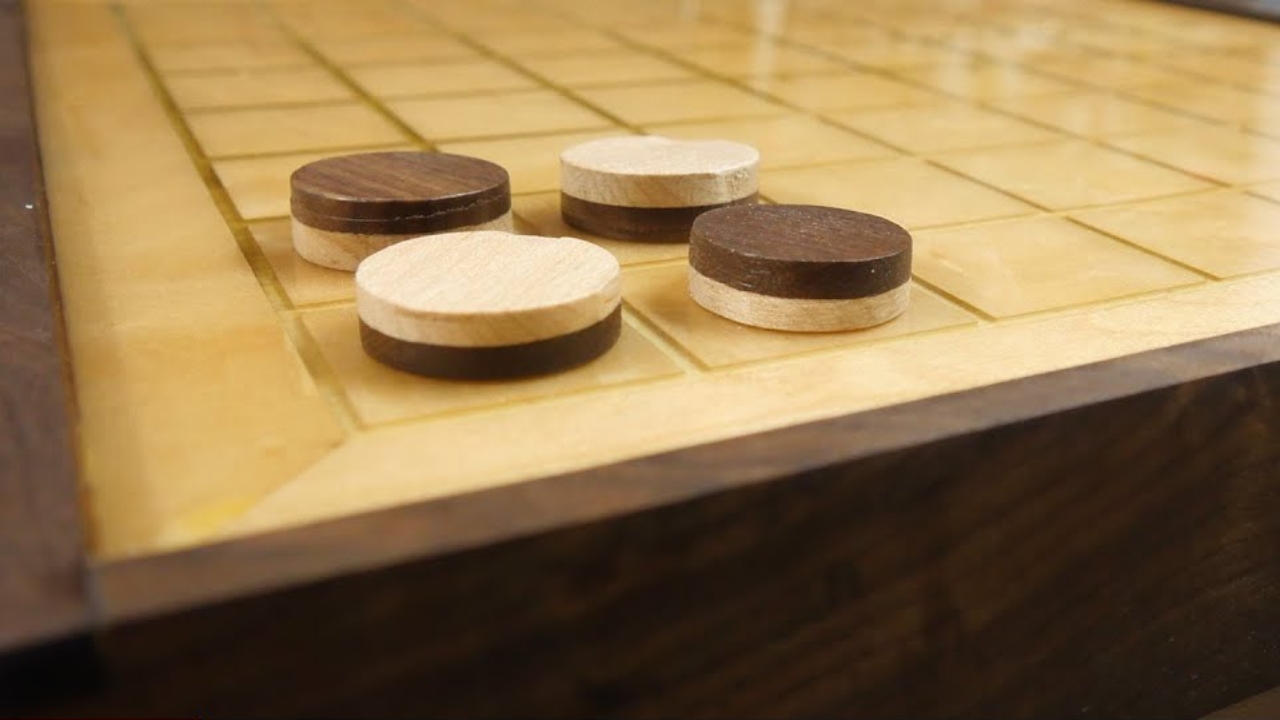
Played on an 8×8 board, this game has black and white pieces. The goal is to turn your opponent’s pieces into your own color. In this game, the winner is not very clear until the last moment. reasoning and multiple thinking It is a game that develops your skills.
“Equilibrio” showing the difficulty of balancing
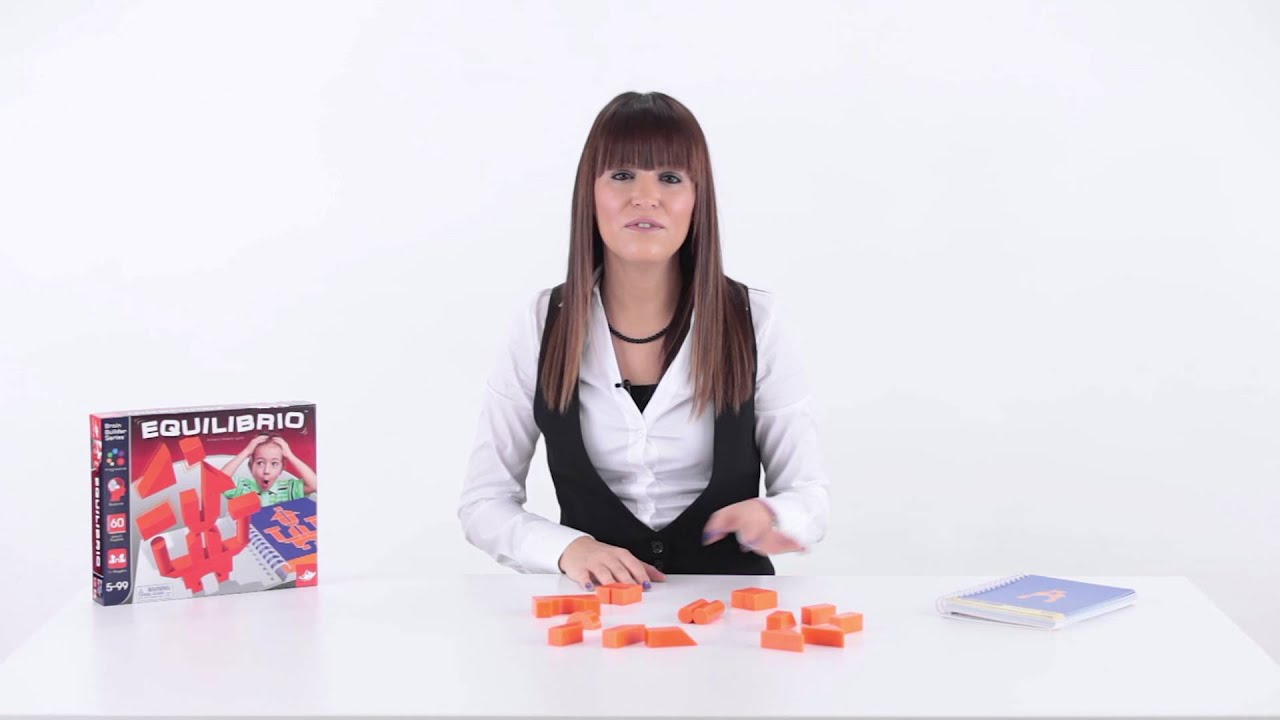
Another building game played with various shapes. equilibrio. In this game, we make our puzzles vertically and try to prevent them from falling over. As the shapes get more complex, it becomes more difficult to maintain balance. It is a fun game that requires dexterity, attention and creativity.
One of the first games where mathematics was learned: Bus Stop
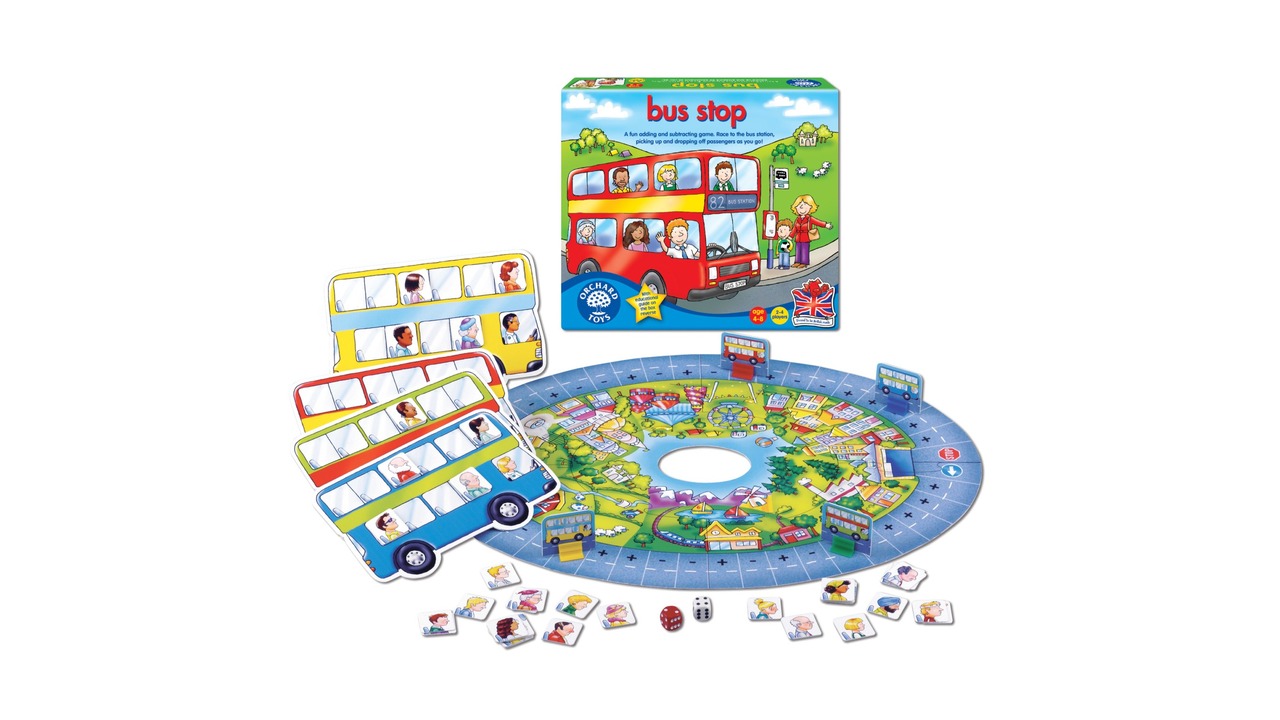
Especially for young children counting, addition and subtraction Bus Stop, an alternative that can be preferred for teaching, can be played with up to four players. In this game where we turn the wheel and go to collect the passengers, the aim is to carry the most passengers.
“Carcassonne”, which we created a map while planning
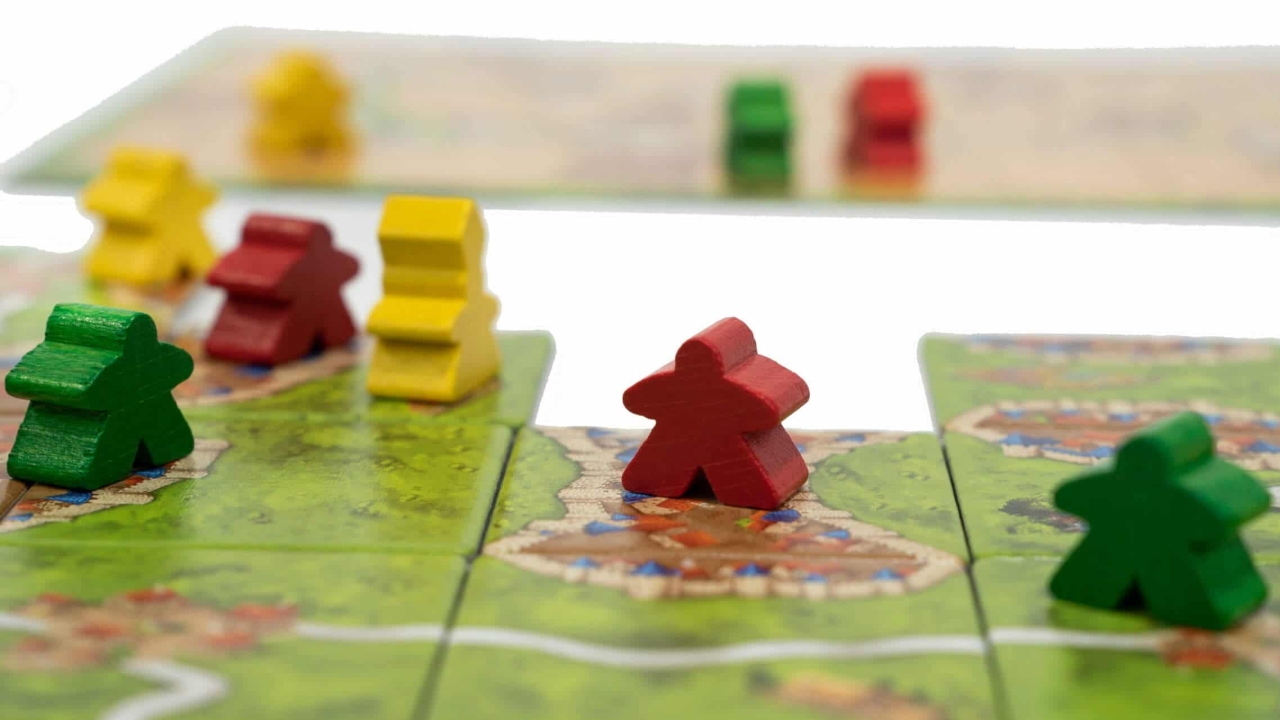
The cards we draw in order in this award-winning game strategically we place them and collect points with our wooden men we put on them. The game with the most points wins. This game, in which many different scenarios can emerge, is a strategy game that can be played with pleasure at all ages and develops the ability to think multiple times.
